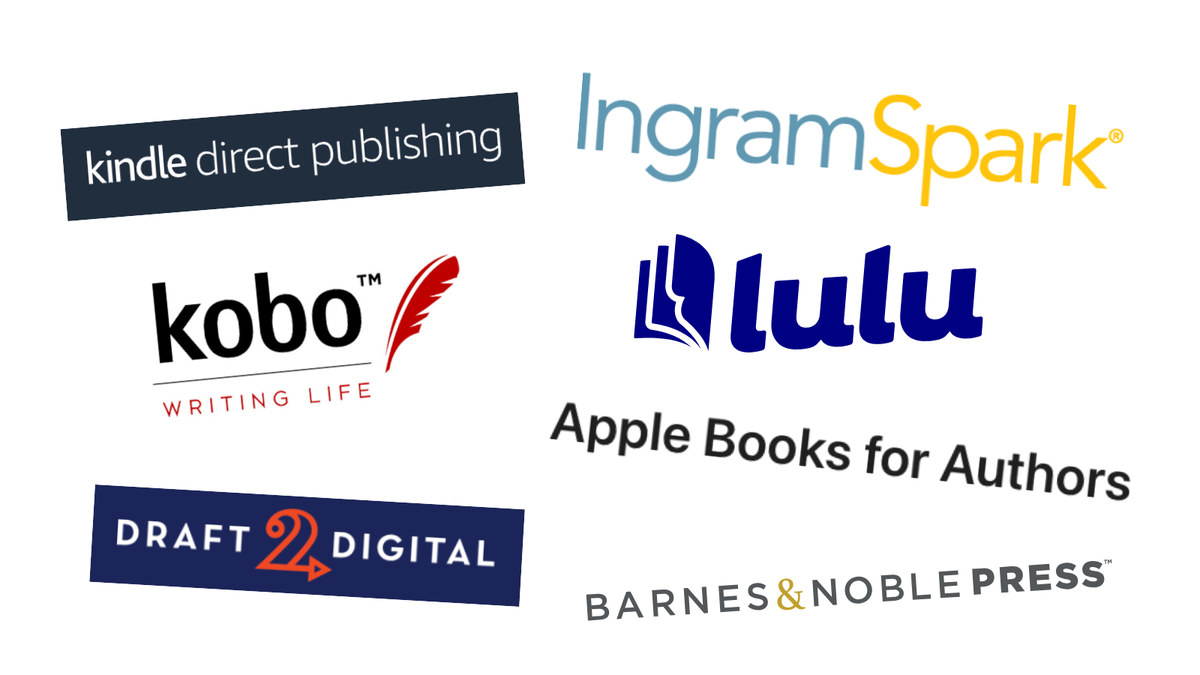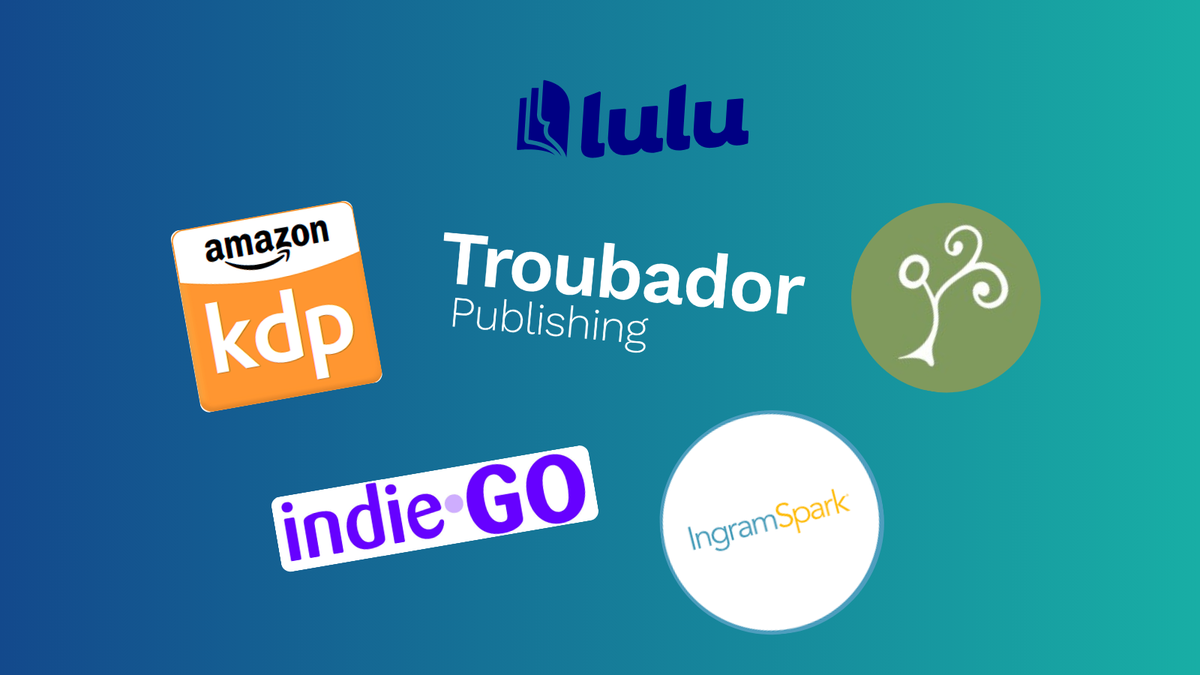
21st February, 2025
7 min read
6 Tips for Self-Editing Your Manuscript Before Self-Publishing
Written by:
Chloe May
Self-editing is one of the most critical steps in preparing your manuscript for publication. After spending lots of time planning and writing your book, you want to make sure that your work is at its best before self-publishing or submitting to publishers or literary agents.
But editing your own work can be challenging. After spending months – or even years – writing, it’s easy to overlook errors, inconsistencies and weak spots in your story. In this blog, we’ll walk you through six key steps to help you refine your manuscript, from big-picture revisions to final proofreading. By following these self-editing techniques, you’ll transform your rough draft into a polished book.
1. Take a break between writing and editing
When you’ve been working on a manuscript for so long, it can be hard to review your work objectively. After spending a lot of time with a text, an author can often read what the text should say as opposed to what it actually says. Taking a break – whether it’s a few days, a couple of weeks or even longer – allows you to return to your work with a fresh perspective.
When revisiting your manuscript after a break, you’ll be able to read it more objectively – almost as if reading it for the first time. This distance helps you notice things you might have skipped over before, such as plot holes, repetition or weak character development. It also makes it easier to assess whether your story flows naturally or if certain areas need restructuring.
During this break, you may find it helpful to engage in activities that take your mind off your book. Read other books, work on a different writing project or simply step away from writing altogether to reset your creative mindset. By returning to your manuscript more emotionally detached, you’ll be in a better position to edit with a critical eye.
2. Focus on the big picture first
Before diving into sentence-level edits, it’s crucial to address the bigger picture. This is generally known as the Developmental Edit stage of the editorial process. This stage focuses on the foundation of your manuscript, ensuring the structure, pacing and character development are solid.
Start by assessing your story’s overall structure. Does your book have a clear beginning, middle and end? Are there any gaping plot holes you missed whilst caught up in the first draft? A well-organised structure, including a consistent and logical plot, ensures reader engagement from beginning to end, preventing a disjointed or confusing narrative.
Another important factor to consider is pacing. Are there parts that are too slow, causing readers to lose interest? Or are there parts that are too fast, making it difficult to understand important details? Ensure that the transitions between scenes and chapters flow smoothly and naturally. If necessary, cut unnecessary passages or expand on areas that need more development.
Characters must be consistent, with unique voices, believable motivations and clear story arcs. Their actions should match their personalities and evolve naturally. Are their decisions consistent with the sort of person they are? And does their dialogue and relationships with other characters ring true?
Point of view and tense consistency are also critical. Does the narrative voice and knowledge remain true to the character if written in the first person? Does the perspective remain consistent in the third person? Does the tense remain consistent without unintentional shifts? Finally, it’s important to ‘show, not tell’. Instead of simply stating that a character is angry, it’s better to show it through their actions, dialogue and body language.
By focusing on these big-picture elements before fine-tuning sentences and grammar, you’ll ensure your book is structurally sound and engaging. Once you’ve refined the foundation, you can move on to polishing the details, knowing that the core of your story or message is as strong as possible.
3. Refine sentence structure and clarity
After addressing big-picture edits, focus on sentence-level clarity. This part of the editorial process is sometimes known as the Line Edit stage. Strong writing is clear, concise and engaging, keeping readers immersed in your story.
One of the best ways to refine sentence structure is by reading your work aloud. Hearing your words spoken can reveal awkward phrasing, repetitive structures and unnatural dialogue that might not be obvious when reading silently. If a sentence feels clunky or difficult to say out loud, it needs restructuring.
Aim for concise sentences by cutting filler words and unnecessary adverbs. Vary sentence length to create a natural rhythm, balancing longer, descriptive passages with shorter, impactful ones. Finally, watch for unintentional repetition – overused words or phrases weaken the impact. Using search functions can help pinpoint and reduce these.
4. Check for grammar and spelling errors
Once your manuscript’s structure and sentence flow are refined, it’s time to focus on technical accuracy. Grammar, spelling and punctuation mistakes can distract readers and make your writing feel unpolished. Even the most compelling novel or well-researched non-fiction book can suffer if riddled with typos and grammatical errors. Copy editing ensures clarity and correctness, while proofreading is the final step to catch any lingering mistakes before publication.
There are now many spelling and grammar-checking tools available, such as Grammarly, ProWritingAid or Microsoft Word’s built-in spell checker. These tools can help catch glaring errors, such as misspelt words or misplaced punctuation. However, we advise you not to rely on them entirely. Automated tools can miss nuanced errors and even suggest incorrect changes, making manual proofreading essential.
Read through your manuscript carefully, paying attention to common grammar pitfalls, such as inconsistent tenses, misused homophones (you’re vs. your), misplaced modifiers, possessive nouns… the list goes on! Ensure consistency in spelling, capitalisation and stylistic choices. If your manuscript uses UK English (colour, favourite), don’t mix it with US English (color, favorite). Punctuation is another area that requires close attention. Ensure proper comma usage, apostrophe placement, dialogue quotation marks and semicolon usage. To help maintain consistency, you may want to consider creating a style guide or following one such as The Oxford Guide to Style (for UK style, formerly known as Hart’s Rules) or The Chicago Manual of Style (US style).
5. Format for readability
Proper formatting is essential for ensuring a smooth and professional reading experience and is often a key requirement when submitting to publishers and agents or as a starting point for typesetting the work if you’re planning to self-publish. Taking the time to format your manuscript correctly will make it more visually appealing and easier to navigate. This is important for novelists but even more essential if your book has more complicated formatting – such as a poetry collection or a non-fiction book with lots of references.
Start by maintaining consistent paragraphing and spacing and sticking to easy-to-read, professional fonts such as Times New Roman or Calibri. Make sure your margins, line spacing (1.5 or double spacing is generally recommended) and font choices are uniform throughout the manuscript.
Chapter formatting should also be consistent, with a clear title or heading and generally on a new page. You may want to consider using Word’s built-in heading styles to navigate the manuscript effectively and insert page and section breaks to make the typesetting process as smooth as possible.
For dialogue formatting, ensure you are using correct punctuation and spacing. Each new speaker should have their paragraph, and quotation marks should be properly placed.
6. Consider recruiting specialist help
Self-editing is a crucial step in the writing process, but it often falls short of achieving a professional standard. As the author, you're too familiar with your work to spot every flaw. While self-editing is perfect for refining prose and making big-picture changes, it’s easy to miss errors in structure, character development and grammar. Hiring a professional editor provides an objective perspective and expertise to uncover hidden issues.
Professional editors can be hired for every stage of the editorial process. Developmental editing refines plot structure, character arc and narrative flow, providing substantive feedback to improve your manuscript. Copy editing focuses on consistency and clarity, catching grammar, spelling and punctuation errors. Proofreading catches those last-minute typos and inconsistencies.
At Troubador, we offer copy editing and proofreading services as part of our production process, providing authors with valuable feedback and a fresh perspective. Our sister company, Indie-Go, offers developmental editing for authors early in the publishing process, providing an independent, in-depth look at your manuscript by an experienced publishing professional.
Conclusion
In conclusion, self-editing is essential but not enough on its own. Following a structured checklist can help improve your manuscript by first taking a break to gain a fresh perspective and then focusing on the big picture, like plot and character development. Refining your sentence structure and checking for grammar, spelling and punctuation errors will polish your writing further. Proper formatting is key to creating a visually appealing manuscript.
While self-editing is a great start, specialist editorial help provides a fresh perspective and expert feedback to catch issues you might miss. By combining your efforts with professional support, you’ll ensure your manuscript is ready for success in the self-publishing world.








